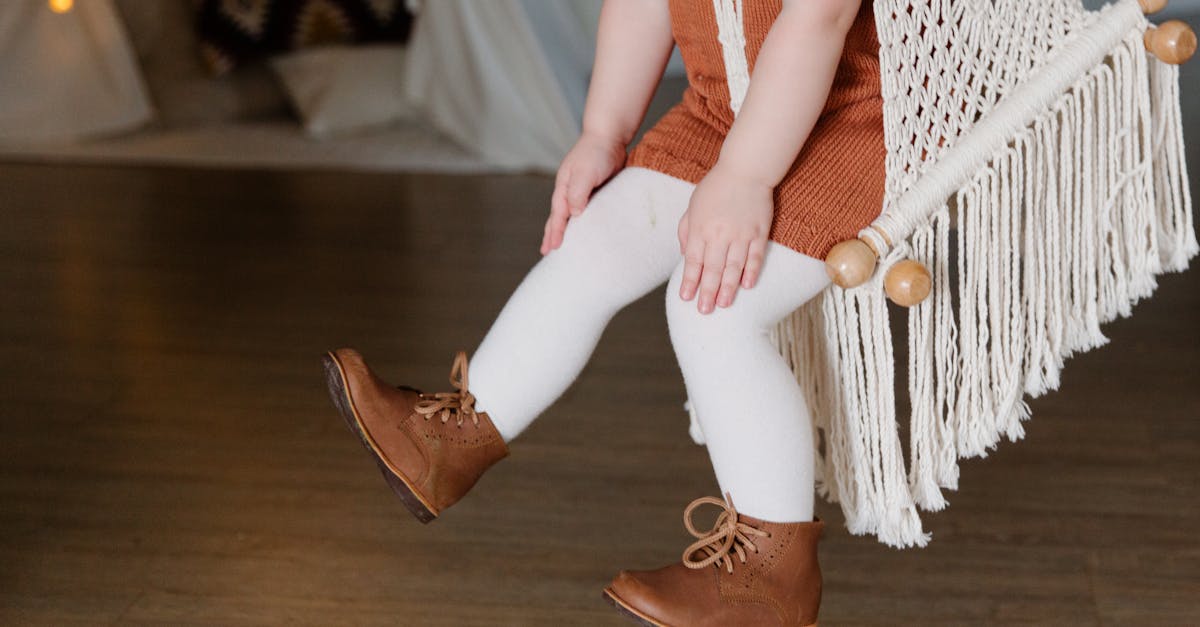
Boot Customization
Table Of Contents
Boot Customization
When it comes to maximizing your comfort and performance, understanding why custom boot fitting matters can make all the difference. Boots that fit properly can enhance your experience in various activities, whether you're hiking, skiing, or simply looking for the right footwear for everyday use. The right fit ensures your feet are well-supported and can prevent a host of issues that arise from poorly fitted boots, such as blisters, pain, and even more serious injuries. Exploring the nuances of boot sizing and adjustment not only helps in avoiding discomfort but also enhances your overall enjoyment of the activity.
Customization is key in finding the ideal fit for your boots. Many people underestimate why custom boot fitting matters, but it is essential to recognize that everyone's feet are unique, with varying shapes and sizes. A one-size-fits-all approach often leads to compromises in performance and satisfaction. By focusing on boot adjustment and personalization, you can achieve the perfect fit that accommodates your specific needs, ultimately leading to a more enjoyable and efficient experience in whatever adventure you choose.
Choosing the Right Ski Boot for Your Needs
As you considering finding the right footwear, selecting the right ski boot is important for maximum performance and comfort. Each need requires specific features that can enhance your experience. For instance, if you are hiking, you will want shoes that provide excellent support and durability, while everyday wear may prioritize aesthetic over technical features.
Fitting is another key aspect to evaluate when selecting your ski boot. Your properly fitted boot should embrace your foot without causing discomfort. It is important to remember that foot shapes vary greatly, so testing multiple options is recommended. Moreover, consider features such as breathability that align with your specific preferences to ensure your footwear not only fits well but also performs effectively in various conditions.
Aspects to Keep in Mind When Choosing Boots
When choosing boots, one must evaluate the factors that can impact comfort. A right dimension is crucial as it can determine your complete experience on the slopes. Additionally, foot structure and volume are vital considerations that can significantly impact how well the boots fit.
Another key aspect to consider is boot flex of the ski boot. Specific levels of flex can enhance maneuverability and balance when skiing. In addition, boot insulation material can impact warmth and comfort throughout the day. Lastly, considering the features of the ski boot can also make a role in your complete enjoyment.
How to Look After Your Footwear
Effective care is essential to ensure the durability of your boots. Regular cleaning helps remove dirt, salt, and moisture that can wear down the material. Utilize a damp cloth to wipe down the exterior and a soft brush for any stubborn spots. After cleaning, allow your boots to dry out at room temperature, avoiding direct heat sources that can lead to cracking or warping.
Conditioning on leather boots might also enhance their appearance and water resistance. Be certain to use products specifically designed for your type of boot material. Store your boots in a cool, dry place when not in use to prevent mold and mildew growth. Think about using boot trees or stuff them with newspaper to help maintain their shape. Following these simple practices will help keep your boots looking great and performing well for years to come.
Top Practices for Caring for Your Boots
In order to extend the longevity of footwear boots, appropriate care is essential. Start by washing the boots after each use. Utilize a soft brush to clear away dirt and debris while ensuring you do not damage the material. Following cleaning, allow the boots to dry naturally away from direct heat sources. That helps maintain the shape and integrity of the materials. Additionally, applying a protective treatment can help keep the boots protected from moisture and stains.
Regular inspections of the boots are important for identifying any signs of wear and tear. Inspect the soles for any damage or excessive wear, as well as the laces for fraying. Replacing worn-out components promptly can help avoid larger issues down the line. Placing your boots in a cool, dry place when not in use helps prevent mold and mildew. Incorporating boot trees or stuffing them with newspaper can help maintain their shape and absorb excess moisture. These practices ensure your boots remain functional and ready for your next adventure.
Modern Methods in Boot Fitting
Today, the process of boot fitting has greatly improved with modern methods. Advanced 3D scanning has emerged as a game changer in achieving a perfect fit. This technology facilitates professionals to capture the specific shape of a customer's foot, which provides that every contour is taken into account. Furthermore, thermal liners have become another advanced method that boosts comfort and performance.
A further method that demonstrates the developments in boot fitting is the use of custom insoles. Through high-tech materials and engineering, custom insoles deliver stability that aligns with the unique form of an individual's foot. This combination of state-of-the-art solutions ensures that every skier or snowboarder can enjoy a secure fit, leading to better performance and reduced fatigue. With these modern techniques, the future of boot fitting seems exciting.
The Effect of Innovation on Ski Boot Fitting
Innovation have revolutionized our approach to ski boot fitting in recent years. With three-dimensional scanning, fitters can generate accurate models of individuals' feet. This enables for personalized fittings that ensure comfort and performance on the slopes, in the end enhancing the overall skiing experience.
Moreover, advancements in materials have led to the development of ultra-lightweight and more versatile boot designs. These upgrades not only boost comfort but also facilitate skiers to have superior control and responsiveness. With these advanced solutions, ski boot fitting industry continues to evolve, making it easier for skiers to find the perfect fit.